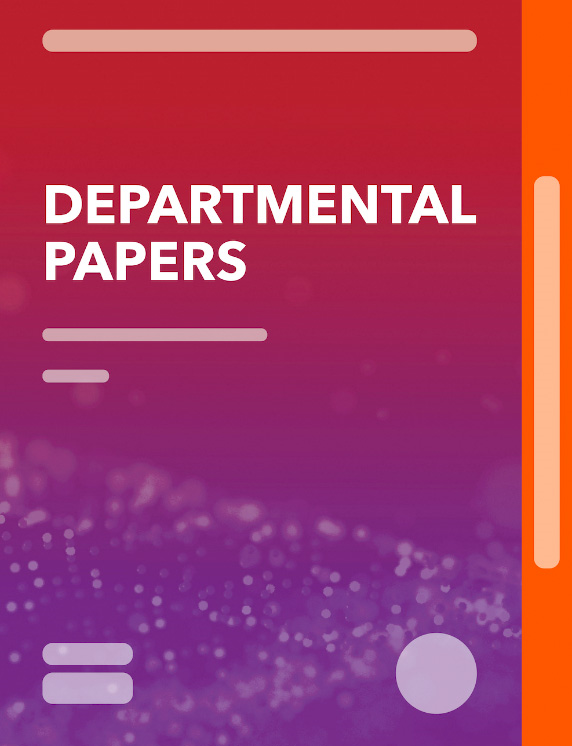Analyzing and Managing Fiscal Risks - Best Practices
May 4, 2016
Summary
Comprehensive analysis and management of fiscal risks can help ensure sound fiscal public finances and macroeconomic stability. This has been underscored by the global financial crisis and the more recent collapse in commodity prices, which starkly illustrate the vulnerability of public finances to risk. Indeed, over the past quarter century, governments experienced on average an adverse fiscal shock of 6 percent of GDP once every 12 years, with some of the largest stemming from financial crises.<br /><br /> Countries need a more complete understanding of these potential threats to their fiscal position. Existing fiscal risk disclosure and analysis practices tend to be incomplete, fragmented, and qualitative in nature. A more comprehensive and integrated assessment of the potential shocks to government finances, in the form of a fiscal stress test, can help policymakers simulate the effects of shocks to their central forecasts and their implications for government solvency, liquidity, and financing needs. Comprehensive, reliable, and timely fiscal data covering all public entities, stocks, and flows are a necessary foundation for such analysis.<br /><br /> Countries should also enhance their capacity to mitigate and manage fiscal risks. Fiscal risk management practices are often blunt, ad hoc, and too focused on imposing limits on the creation of exposures. Countries need to expand their toolkits for fiscal risk management and adopt the use of instruments to transfer, share, or provision for risks. In doing so, countries need to weigh the possible benefits from reducing their exposure to shocks against the financial and other costs of the policies that may be needed.<br /><br /> Finally, countries should make greater use of probabilistic forecasting methods when setting long-run objectives and medium-term targets for fiscal policy. The paper illustrates how simple probabilistic tools can be used to map the uncertainty around medium-term trajectories for public debt. In combination with fiscal stress tests, these tools can provide valuable information regarding the probabilities that a country will stay within the debt ceilings embedded in their fiscal rules.<br /><br /> The Fund is playing an important role in supporting improvements in fiscal risk analysis and management among its members. This includes technical assistance in constructing public sector balance sheets; developing institutions and capacity to identify specific fiscal risks and to quantify their potential impact; undertaking fiscal stress tests; and integrating risks into the design of medium-term fiscal targets.
Subject: Bonds, Financial instruments, Fiscal analysis, Fiscal policy, Fiscal risk, Public debt, Risk management, Stress testing
Pages:
---
Volume:
---
DOI:
---
Issue:
---
Series:
Policy Papers
Stock No:
---
ISBN:
---
ISSN:
---






